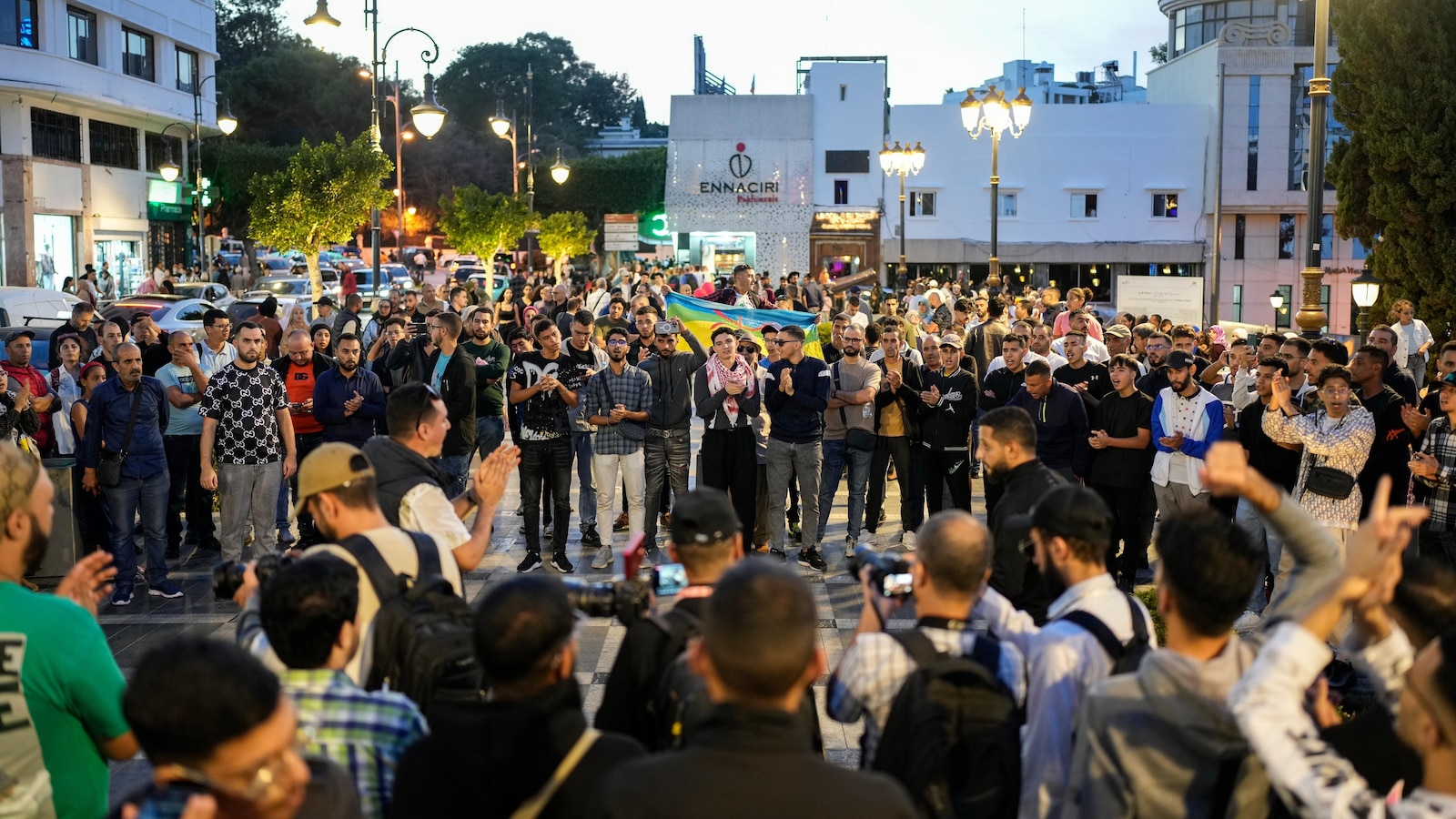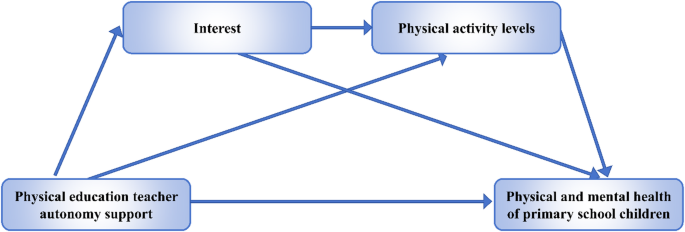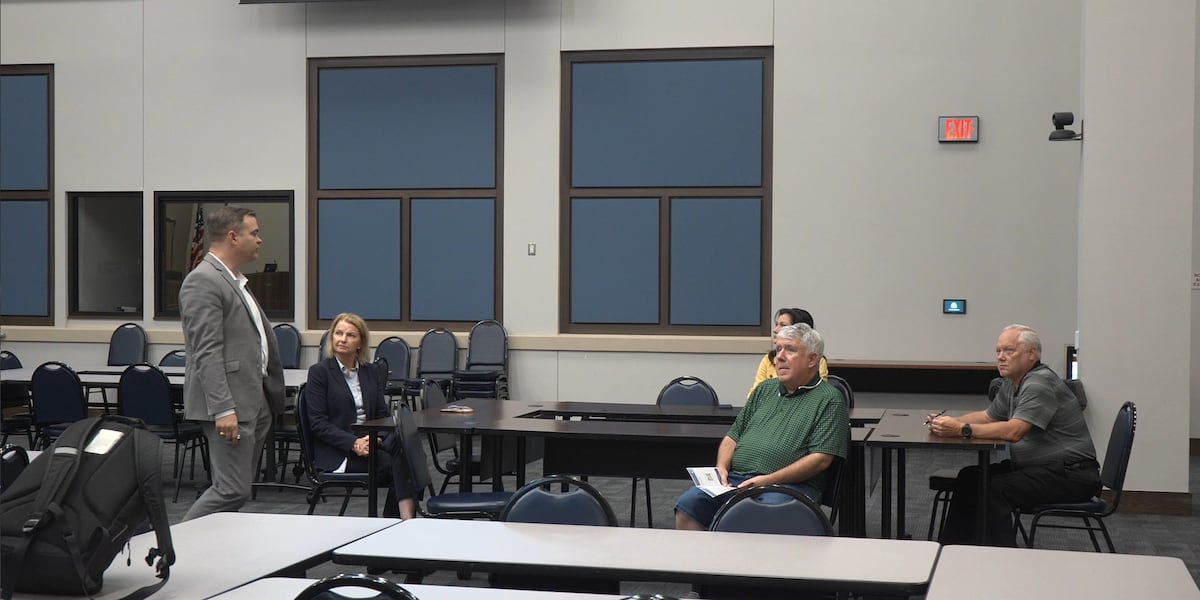Report on Moroccan Protests and Alignment with Sustainable Development Goals
Introduction and Background
A series of protests led by the youth movement “Gen Z 212” has emerged across Morocco, including in Casablanca and Tangier. The demonstrations articulate public discontent over the perceived misalignment of national spending priorities with the Sustainable Development Goals (SDGs). Protesters are specifically challenging the government’s significant investment in sports infrastructure, such as new stadiums for the upcoming Africa Cup of Nations and the 2030 FIFA World Cup, while essential public services lag.
Core Grievances and Linkages to Sustainable Development Goals
The protesters’ demands are directly linked to the failure to meet key SDG targets. The movement is advocating for a national strategy that prioritizes human development and social equity.
- SDG 3: Good Health and Well-being: A central grievance is the state of the healthcare system. Protesters’ chants, such as “Stadiums are here, but where are the hospitals?”, highlight the demand for accessible and quality healthcare infrastructure. The movement gained momentum following an incident in Agadir where eight women died during childbirth in a public hospital, underscoring critical deficiencies in achieving universal health coverage and reducing maternal mortality.
- SDG 4: Quality Education: The demonstrations place a significant emphasis on the need for inclusive and equitable quality education. Protesters have voiced anger over the growing disparity between under-resourced public schools and private institutions. Government audits have confirmed systemic issues, including teacher shortages and regional inequalities, which directly contravene the objectives of SDG 4.
- SDG 10: Reduced Inequalities: The movement fundamentally addresses the issue of inequality. Protesters criticize officials for utilizing private education for their own families while overseeing a deteriorating public system, thereby widening the gap between different socioeconomic groups and failing to advance the goals of SDG 10.
- SDG 16: Peace, Justice and Strong Institutions: Calls for the ouster of Prime Minister Aziz Akhannouch on allegations of corruption reflect a public demand for accountable, transparent, and effective institutions. This aligns with SDG 16, which seeks to reduce corruption and build responsive governance.
Government Response and National Commitments
The government’s reaction to the protests has been multifaceted, involving both policy statements and law enforcement actions.
- Official Statements: King Mohammed VI addressed the nation, stating that major national projects and social programs are not mutually exclusive and can advance together. This was widely interpreted as an indirect response to the protesters’ core argument regarding resource allocation.
- Fiscal Pledges: At a World Bank meeting, Finance Minister Nadia Fettah Alaoui announced that the government’s budget would focus on reallocating funds to accelerate improvements in healthcare and education, signaling a potential policy shift toward SDGs 3 and 4.
- Law Enforcement Actions: The protests have led to violent clashes and widespread arrests. Reports indicate over 400 individuals were arrested for vandalism, with a court in Agadir sentencing 17 defendants to a cumulative total of 162 years in prison. These actions raise concerns regarding the targets of SDG 16 related to access to justice and fundamental freedoms.
Conclusion and Outlook
The Gen Z-led protests in Morocco represent a significant call for the government to re-evaluate its national priorities and align its development agenda more closely with the Sustainable Development Goals. The movement’s call to boycott major sporting events serves as a powerful statement that large-scale infrastructure projects are viewed as secondary to the urgent need for investment in health, education, and equitable social progress for all citizens.
Relevant Sustainable Development Goals (SDGs)
- SDG 3: Good Health and Well-being
- SDG 4: Quality Education
- SDG 10: Reduced Inequalities
- SDG 16: Peace, Justice and Strong Institutions
Specific SDG Targets Identified
-
SDG 3: Good Health and Well-being
- Target 3.1: Reduce maternal mortality. The article mentions that protests were sparked after “eight women died giving birth in a public hospital in Agadir,” directly highlighting the issue of maternal mortality and the need for improved healthcare services for mothers.
- Target 3.8: Achieve universal health coverage. The protesters’ demands for better healthcare and their chant, “Stadiums are here, but where are the hospitals?” point to a perceived lack of access to quality, essential healthcare services for all citizens, which is the core of this target.
-
SDG 4: Quality Education
- Target 4.1: Ensure free, equitable, and quality primary and secondary education. The article highlights protesters’ anger about “disparities between public and private schools” and mentions a protester who was “thrown out of class for not being able to get a needed textbook.” This indicates a failure to provide equitable and quality education for all.
- Target 4.a: Build and upgrade education facilities. The article notes that state audits have documented “teacher shortages, regional disparities and transportation problems, particularly in rural areas.” This relates to the need for adequate and effective learning environments, which is the focus of this target.
-
SDG 10: Reduced Inequalities
- Target 10.2: Promote universal social, economic, and political inclusion. The protests are a direct response to perceived inequality in government priorities, where spending on sports infrastructure is prioritized “over social and economic projects” like healthcare and education. This reflects a lack of social and economic inclusion for citizens who rely on public services.
- Target 10.3: Ensure equal opportunity and reduce inequalities of outcome. The article points to disparities between public and private schools and a lack of government services in rural areas, indicating that not all citizens have equal opportunities. The protests aim to reduce these inequalities of outcome.
-
SDG 16: Peace, Justice and Strong Institutions
- Target 16.5: Substantially reduce corruption and bribery. A central theme of the protests is the fight against corruption. Demonstrators are “protesting corruption” and demanding the “ouster of Prime Minister Aziz Akhannouch, who they called corrupt.”
- Target 16.6: Develop effective, accountable and transparent institutions. The protests themselves are a call for more accountable and transparent governance that responds to citizens’ needs rather than prioritizing “major national projects” over “social programs.”
- Target 16.10: Ensure public access to information and protect fundamental freedoms. The article mentions the “release of demonstrators arrested during earlier Gen Z 212 protests” and that “more 400 people across Morocco were arrested.” This touches upon the protection of fundamental freedoms, such as the right to peaceful assembly.
Indicators for Measuring Progress
-
SDG 3: Good Health and Well-being
- Maternal mortality ratio: The article explicitly states that “eight women died giving birth in a public hospital,” which serves as a direct, albeit localized, indicator of maternal mortality.
- Public health expenditure: The protesters’ chant “Stadiums are here, but where are the hospitals?” implies that the proportion of the government budget allocated to healthcare versus other sectors is a key indicator of progress towards universal health coverage.
-
SDG 4: Quality Education
- Disparity in educational resources: The mention of a student being unable to get a “needed textbook” and documented “teacher shortages” can be used as indicators of the lack of equitable resources in the public education system.
- Enrollment rates in private vs. public education: The article notes that “the number of students enrolled in private universities has increased more than sixfold,” which can serve as an indicator of the perceived quality gap and the growing inequality between public and private education systems.
-
SDG 10: Reduced Inequalities
- Government spending on social services: The core conflict highlighted is the prioritization of “spending on sports infrastructure over social and economic projects.” The ratio of social spending (health, education) to other capital expenditures in the national budget is a clear implied indicator.
-
SDG 16: Peace, Justice and Strong Institutions
- Public perception of corruption: The protesters’ direct accusation that the Prime Minister is “corrupt” indicates that public perception is a key measure of corruption levels within the government.
- Number of arrested protesters: The article’s report that “more 400 people across Morocco were arrested for vandalism linked to protests” can be used as an indicator to measure the state’s response to demonstrations and the protection of fundamental freedoms.
SDGs, Targets, and Indicators Analysis
| SDGs | Targets | Indicators |
|---|---|---|
| SDG 3: Good Health and Well-being |
|
|
| SDG 4: Quality Education |
|
|
| SDG 10: Reduced Inequalities |
|
|
| SDG 16: Peace, Justice and Strong Institutions |
|
|
Source: abcnews.go.com






